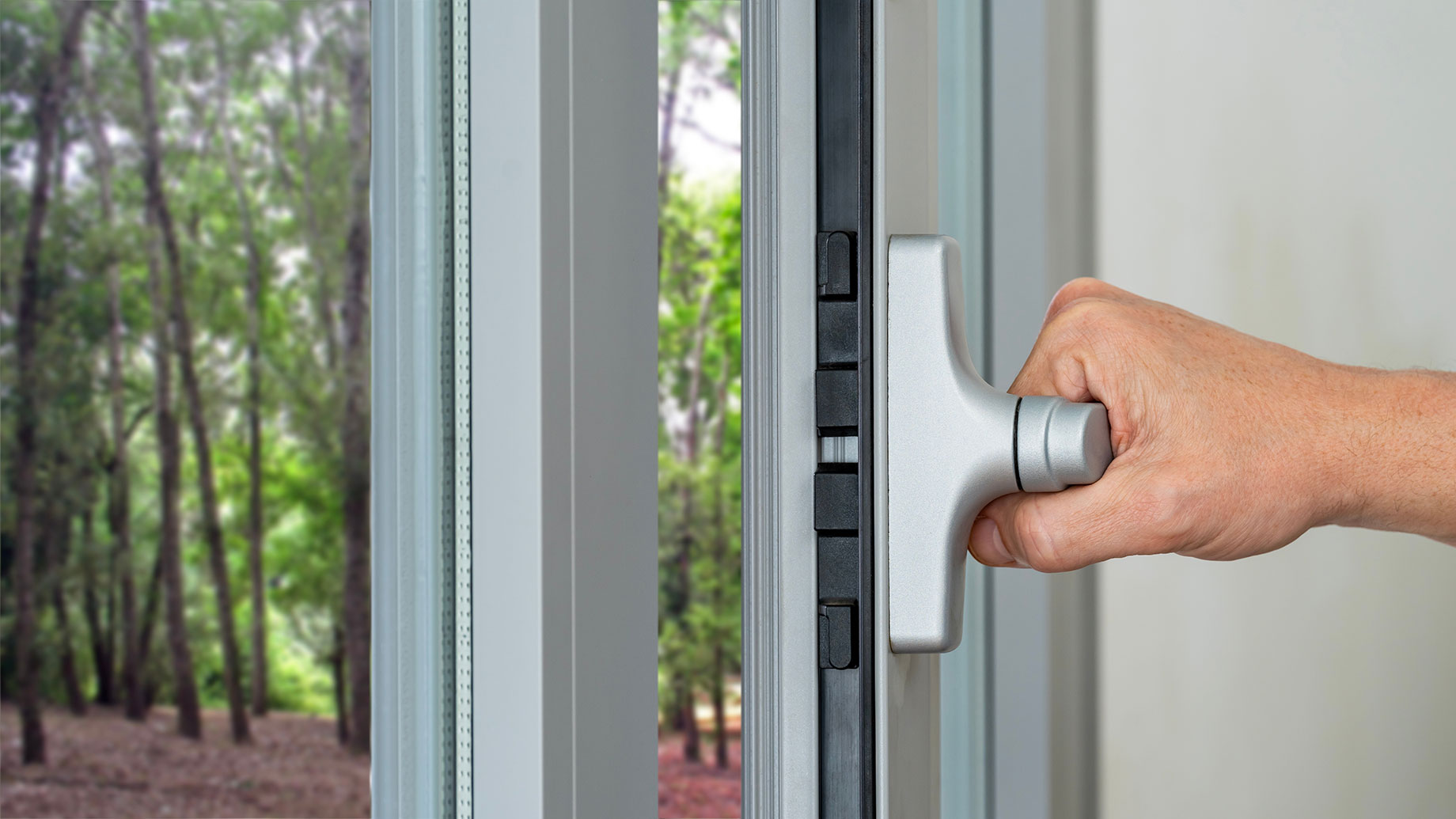
That breeze isn’t charming. It’s costing you money.
You know that little draft sneaking through your living room window every winter? The one you tell yourself is “just part of having an older home”?
Yeah—it’s not quaint. It’s expensive.
Tulsa weather isn’t subtle. From scorching summers to freeze-thaw winters, your windows take a beating. And if they’re outdated, damaged, or just plain inefficient, they’re doing more harm than good. That’s where energy-efficient windows come in.
So whether you’re dealing with 100-degree heat or the charming surprise of a March frost, here are the top 5 energy-efficient window replacement Tulsa options for Tulsa homeowners looking to lower energy bills, increase comfort, and add serious curb appeal.
1. Vinyl Windows with Low-E Glass – The Reliable Workhorse
Let’s start with the all-star.
Vinyl-framed windows paired with Low-E (low emissivity) glass are one of the best value-for-performance combos available today. Vinyl doesn’t warp or rot, and Low-E coatings reflect infrared light—keeping heat inside during winter and outside during summer.
For homeowners in Tulsa, where temperature swings are real, this combo offers year-round insulation without the high price tag.
- Best for: Budget-conscious upgrades
- Bonus: Low maintenance, long lifespan, great noise reduction
2. Triple-Pane Windows – For When Insulation Is Non-Negotiable
Two panes are good. Three? That’s luxury with a purpose.
Triple-pane windows offer two layers of insulating gas (usually argon or krypton) and are ideal for extreme temperature regulation. While they cost more upfront, they can reduce energy loss by up to 30% more than double-pane options.
- Best for: Homeowners prioritizing energy savings and soundproofing
- Heads-up: Heavier, pricier—but worth it for long-term ROI
Triple-pane windows can be a game-changer for homes near busy roads or neighborhoods with rowdy weekend barbecues. (You know the ones.)
3. Fiberglass Frames – The Tough-but-Pretty Option
Fiberglass frames are the unsung heroes of energy-efficient design. They expand and contract at nearly the same rate as glass—reducing air leaks and frame stress over time.
They also hold paint well, resist warping, and generally look a little more high-end than vinyl.
- Best for: Homeowners who want sleek lines and serious insulation
- Bonus: Sustainable material, great for large window designs
Paired with insulated glass, fiberglass windows provide strength without sacrificing efficiency—perfect for Tulsa’s rollercoaster climate.
4. Composite Windows – The Hybrid Performer
Can’t decide between wood and vinyl? Composite windows offer the best of both.
These frames blend materials like wood fibers and thermoplastics to create durable, weather-resistant, and highly energy-efficient units. They’re built to mimic the look of painted wood without the hassle of yearly sanding or sealing.
- Best for: Style-focused homeowners who want durability without wood upkeep
- Key feature: High resistance to humidity—important in Oklahoma’s wet seasons
Plus, composite windows offer excellent structural integrity, making them a smart choice for large picture or bay windows.
5. Aluminum-Clad Wood – When Aesthetics and Performance Need to Coexist
If your heart is set on the warmth and character of real wood, but your energy bill says otherwise, aluminum-clad wood windows are your solution.
Wood on the inside for charm, metal on the outside for strength. Add Low-E glass and gas-filled panes, and you’ve got yourself a classic look with modern performance.
- Best for: Historic or craftsman-style homes in Tulsa
- Watch out: These tend to run higher on the price spectrum
And yes, they’re available in energy-efficient models—just make sure you’re working with a pro who knows the balance between design and durability.
What Makes a Window “Energy Efficient” Anyway?
Let’s decode the labels real quick:
- Low-E Coating: A nearly invisible layer that reflects heat and UV rays.
- Gas Fills: Argon or krypton between panes adds insulation.
- U-Factor: Measures how well a window keeps heat in. Lower is better.
- Solar Heat Gain Coefficient (SHGC): Measures how much heat from sunlight passes through. Again—lower = cooler home in summer.
And don’t forget the installation quality. Even the best windows won’t perform well if they’re installed with gaps, misaligned seals, or poor flashing. (Think: premium tires on a rusted-out car.)
Final Thought: Tulsa Homes Deserve Smarter Windows
Whether you’re renovating an older home in Midtown or building new in South Tulsa, upgrading to energy-efficient windows is one of the smartest home investments you can make. Not only do you save money on utilities, but you boost resale value, improve comfort, and give your HVAC system a much-needed break.
Because that draft? It’s not going to fix itself.